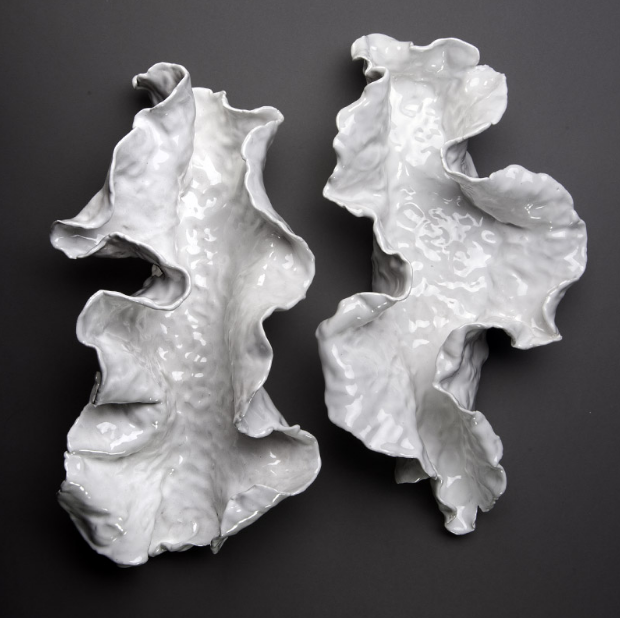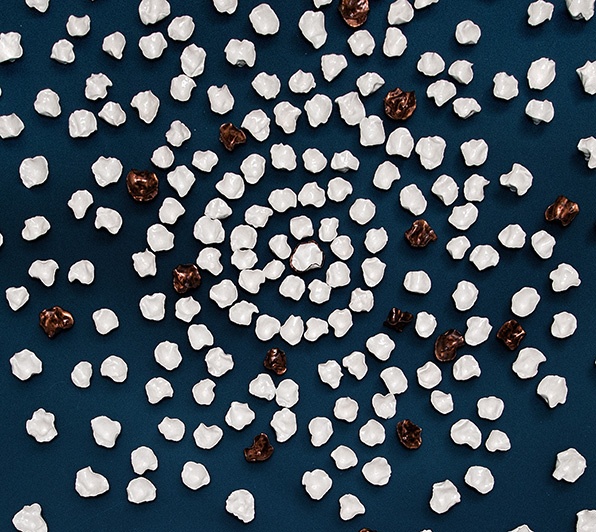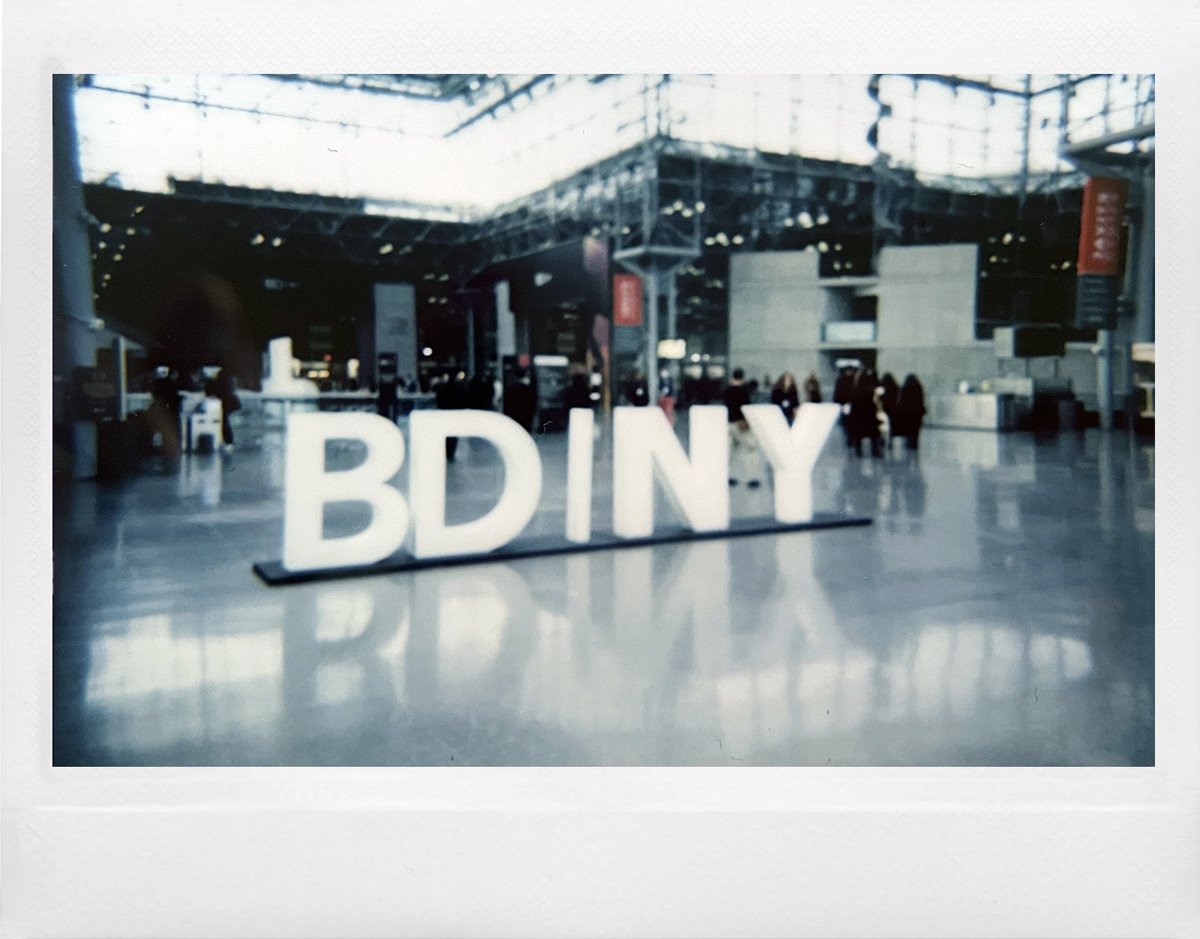Anna Kasabian is a true Renaissance woman—a writer, ceramicist, designer, book narrator, cookbook author, photographer, designer, and artist.
She’s most well-known for her work with raw porcelain. Unlike most artists in her space, Kasabian abandoned the traditional potter’s wheel for her own two hands. She shapes each piece carefully, perfectly capturing the shape and movement of the natural world, all inspired by her Massachusetts home in Manchester-by-the-Sea.
When did you start making art?
I first started drawing and painting in 80’s when I was stuck in Hawaii for 10 days of rain. I’d never realized I could actually express myself this way! And I never stopped.
I started working in ceramics in 2003 as an artist illustrator. I drew and glazed whimsical circus scenes on pre-formed bisque. I began working with raw clay six years ago. I don’t work with a wheel, but prefer the spontaneity that comes with hand-building.
When I began working in raw clay and porcelain, my work quickly moved to abstract forms and that is what I continue to create today.
How did you learn this art form?
I took limited lessons—nothing extensive—with two different teachers. Once I hand-built a simple porcelain bud vase and tiny, floral bowls. That is when my future with porcelain really began. I do work with stoneware when I am creating large, complex sculptures.
When I discovered I could take raw porcelain in the palm of my hand and fashion it into delicate, intricate, organic forms, my passion ignited.
Why ditch the potter’s wheel?
I decided early on not to work with a potter's wheel because only by shaping every piece directly in my hand can I achieve the full range of energy and expression I seek.
Each piece is unique and recalls the forms and motion of the flowers, sea plants and ocean waves of my native Cape Ann where the earth and ocean meet in spectacular forms.
My work as a porcelain artist is an extension of my writing about interior design and architecture. Both are about creating living spaces that are beautiful, comfortable and authentic.

What influences your art?
My work is abstract, but anchored in nature.
What goals do you have for your career and your art?
Whenever I have free time, I study the world around me, looking at art and thinking about the next place I can take my porcelain or stoneware—a place that challenges its capabilities and mine.
Porcelain is difficult and fussy, but I have come to know it—like a great mountain to climb. I want to keep discovering where I can go with it and push myself as an artist to create beautiful objects that engage the viewer.
I would like 2016 to be the year where I create my largest sculpture—one that brings my porcelain to a place of surprise, and visual and textural delight .
Where do you get your inspiration for a new piece?
I live in a beautiful area where the ocean comes at every turn. I walk to the harbor here and go to the ocean everyday, and am always observing the landscape. This is what keeps my imagination fed.
But when I have a ball of clay in my hand, something very personal happens. I generally just decide that I am going to make a large piece or a small piece for the wall, or tabletop, and then begin to work the clay.

What’s your creative process?
I take large sections of the clay, as thin as possible, and twist and turn them and then support each with handmade pillows created from paper and plastic. I may smooth bumps and other imperfections with a tiny sponge or my fingers.
During the forming of a piece, I have to cover other sections with plastic to ensure these sections remain wet. If porcelain dries in the least bit, I can’t easily work or shape it.
Once I’m satisfied with a shape, I bolster the twists and turns. I cover the piece in several layers of different weights of plastic which, for days (and sometimes up to a month), are removed, layer by layer as I monitor the drying process. It’s a skill that comes with experience. Without this process, the shape can crack, destroying the whole thing.
Once the clay is dry and the form is set, I go in and continue to perfect areas with a sponge or, most of the time, moistened fingers, and a blade. This must be done with the utmost care as the work can break with the slightest pressure.
Next, the piece is carefully put in the kiln for 18-24 hours to bisque. Once it’s in bisque form I apply three layers of glaze, leaving 1-4 hours between applications, and then the work goes back in the kiln for another 18-24 hours.
What does this journey feel like to complete?
Each ball of clay is a unique entity, and I work with each to see where I can take it—how I can bring it to its maximum level of beauty. It is a creative process that considers and respects the clay in my hand. The beauty and excitement come in spontaneity—a specific journey for that unique ball of clay and me.

What part of this process do you enjoy most?
I enjoy each and every phase of creation, though forming the piece is the most exciting.
Where do you work?
From my home… I have a four foot wide, eight foot long dining room table that been my work surface.
What’s your process for collaborating like? With other artists, with interior designers, with curators?
I enjoy doing special commissions. I generally create layouts or sample pieces and go from there with a very specific approval process using photos and emails back and forth.
Outside of your work, are there any other creative pursuits that interest you?
I’ve been writing about interior design and architecture for many years and have written many books. I continue to write, and recently have begun to narrate books. I also enjoy shooting nature scenes and unusual architecture vignettes; I’ve been into photography since college.

What are some of your favorite tools?
My favorite tools are my fingers. Porcelain is fussy and fragile and I trust my fingers over all tools to sense the pressure I can put against my work as I form and perfect it.
What advice would you give a new artist?
Practice your art everyday, and keep your life focused, free as much as possible of distractions.
I also think it is important to see as much art as possible--use the internet and “visit” galleries all over the world.
Build your resume by getting into shows that are appropriate to your skill set and style--get your work seen.




